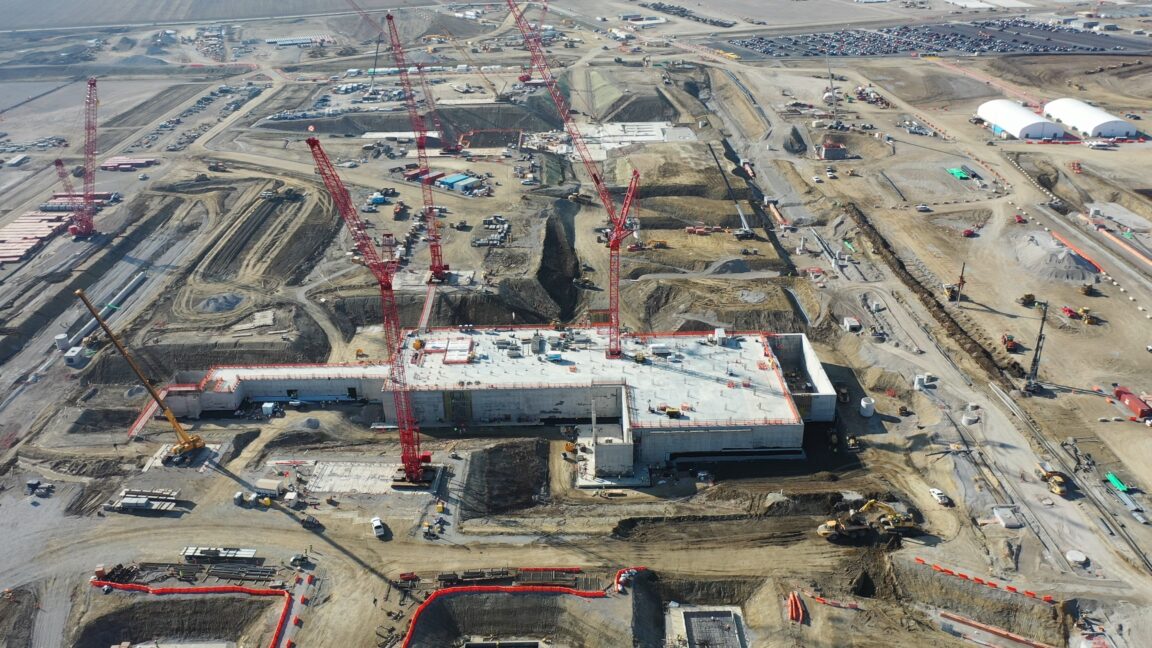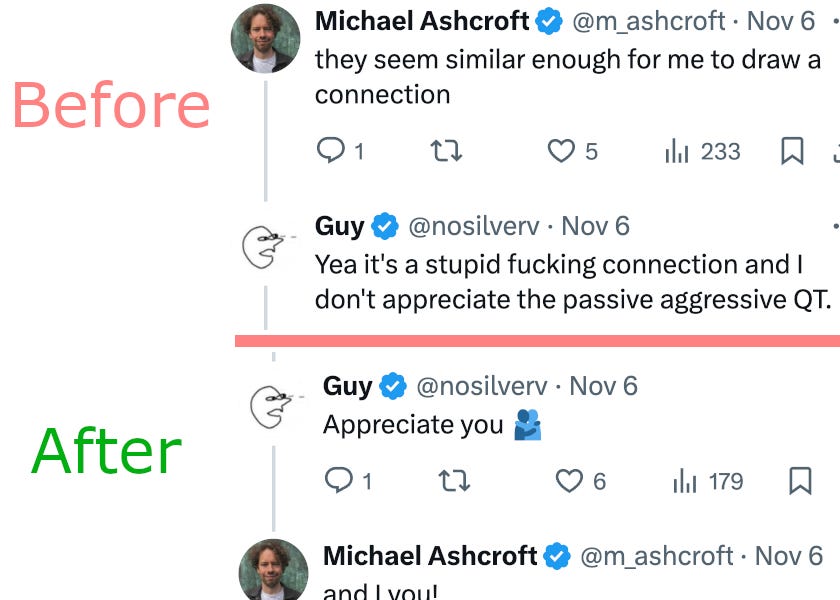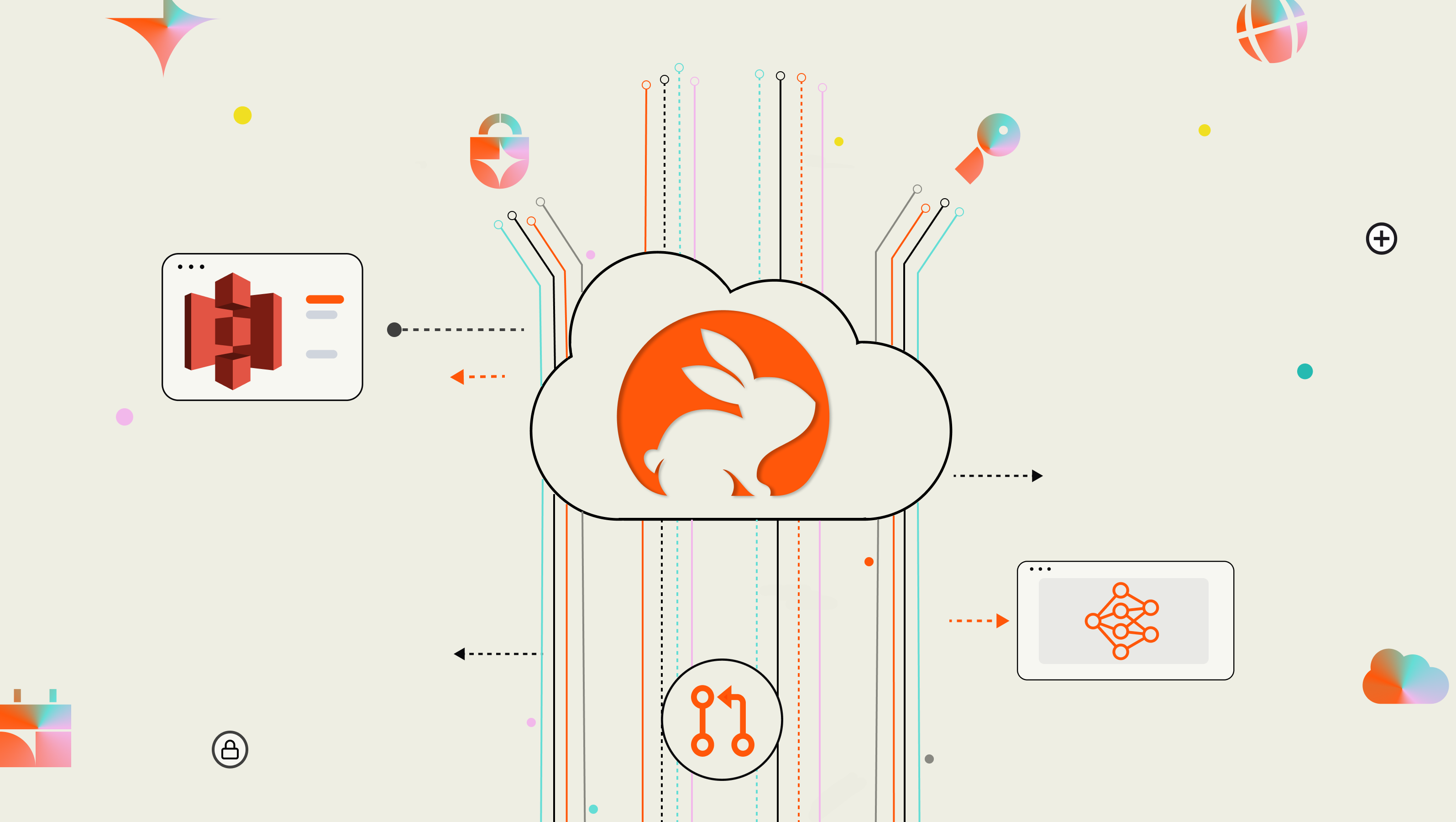Making Mars’ Moons: Supercomputers Offer ‘Disruptive’ New Explanation
A NASA study using a series of supercomputer simulations reveals a potential new solution to a longstanding Martian mystery: How did Mars get its moons? The first step, the findings say, may have involved the destruction of an asteroid.
The research team, led by Jacob Kegerreis, a postdoctoral research scientist at NASA’s Ames Research Center in California’s Silicon Valley, found that an asteroid passing near Mars could have been disrupted – a nice way of saying “ripped apart” – by the Red Planet’s strong gravitational pull.
The team’s simulations show the resulting rocky fragments being strewn into a variety of orbits around Mars. More than half the fragments would have escaped the Mars system, but others would’ve stayed in orbit. Tugged by the gravity of both Mars and the Sun, in the simulations some of the remaining asteroid pieces are set on paths to collide with one another, every encounter further grinding them down and spreading more debris.
Many collisions later, smaller chunks and debris from the former asteroid could have settled into a disk encircling the planet. Over time, some of this material is likely to have clumped together, possibly forming Mars’ two small moons, Phobos and Deimos.

























/cdn.vox-cdn.com/uploads/chorus_asset/file/25759065/2160108607.jpg)

